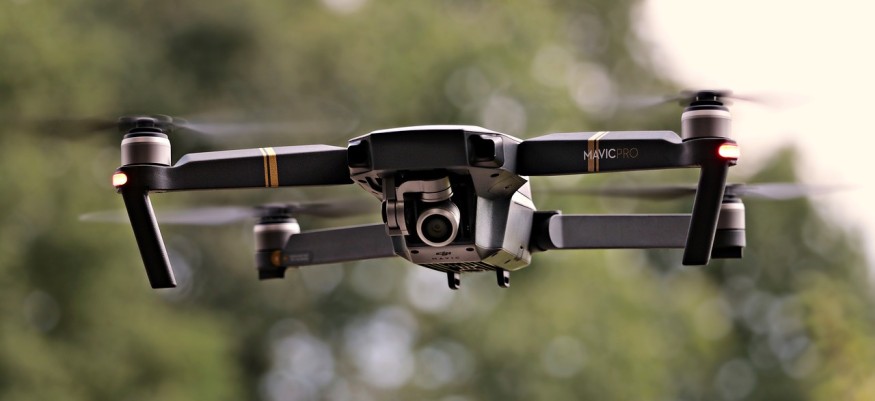
Artificial intelligence and drone technology are now being used for the conservation of nests of farmland birds. In most parts of Europe, the decline of many of these birds has been observed. Bird species that live and breed on the ground are the ones especially vulnerable since they are usually on the path of mechanical vehicles that operate on the farm.
These vehicles are used in activities such as sowing and plowing. Moreover, such activities are undertaken during the spring, which coincides with birds nesting and breeding, and thus they usually destroy nests accidentally.
It is very time consuming, challenging, and challenging to locate bird nests with simple ocular inspections. Now, drone technology offers a way to ease the process and aid in the protection of bird populations.
Researchers used a drone equipped with a thermal camera, one that detects heat, and flew it over farmlands, recording the areas it flew over. These images were then fed to a computer with an algorithm using AI that can identify nests accurately. The researchers published their study in the journal Scientific Reports.
The researchers tested this system near the Lammi Biological Station of the University of Helsinki in Southern Finland. They used it on nests that have eggs of wild Lapwing birds (Vanellus vanellus).
University of Helsinki Finnish Museum of Natural History Luomus Academy of Finland fellow Andrea Santangeli recounted how they have been conserving farmland birds that are ground-nesting for many years, and how their nests are so challenging to locate. Thus, the research team thought of using thermal cameras.
When a small pilot study had shown how thermal vision gets hampered by ground objects and vegetation, the researchers thought about increasing the efficiency of the system. The camera may be flown through the use of a drone, while AI can help analyze the captured thermal images. The scientists noted that their system performed optimally when conditions are cold and cloudy, and when it surveyed even grounds.
Drone technology is rapidly becoming popular in research and conservation, especially in areas that are difficult to visit physically by humans. These include research on volcanic activity, where personal visits to craters are extraordinarily hard and dangerous.
For agricultural research, drones equipped with sensors can map real-time disease spread in crops on agricultural fields. The use of drones is an integral aspect of precision agriculture, a new method of monitoring crops, and maximizing efficiency in crop production. The new study and others like it can be a trailblazer in integrating nest detection using sensor-equipped drones and automating a system to conserve and save the bird nests.
Santangeli says that conservationists and researchers should welcome technology and be open to intersectoral and interdisciplinary collaboration to come up with new and efficient solutions. The use of drones is an example of this, which is quickly becoming popular in the conservation field.
The most challenging and next step, she says, is testing the system in various environments and species. Hopefully, she says, the system will one day be fully integrated with agricultural practices, fully automating the detection and conservation of bird nests from being destroyed in fields.
© 2025 NatureWorldNews.com All rights reserved. Do not reproduce without permission.





